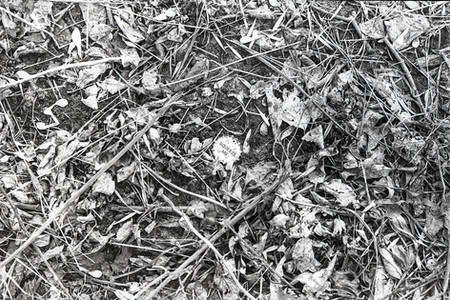Reviewing the Ricoh XR-10 SLR film camera.
- Mike
- Jan 25, 2019
- 4 min read
Updated: Sep 8, 2020
The Ricoh XR-10 in this article came to me by way of my father. My grandfather owned and used this camera while hiking in Colorado back in 1981-1988. With this camera my grandfather and father took quite a few decent pictures on Kodachrome film.

The XR-10 is sometimes mislabeled as the KR-10. I blame this on the way the K and R in the model logo come together, it really does look like an X. You should be aware of this if looking to purchase one, there are no two different models as far as I can find. The KR line however has a few different models, they differ in the level of features they offer, from the KR-2 up to the KR-1000 which would be top of the line.

Like every camera in this line the KR-10 has a focal plane shutter mechanism made by the Copal company. This is an excellent and rugged shutter, however this is also where the camera begins to fall behind more modern cameras. The camera's shutter speed jumps from 1/60 to 1/125 to 1/250 to 1/500. The coarse adjustment of shutter speeds makes for a much more challenging setting of exposures. The camera does have an auto-exposure mode, however this mode is hampered by the fact that the shutter itself only has coarse adjustment even for the camera circuitry. In side by side tests the Ricoh KR-10 fell far behind the Canon Rebel X.
Focusing is entirely manual on this camera, but its easy as heck, though slower than any autofocus I've ever used. The focusing method in this camera is called “split screen” and involves lining up a split image in the center of the viewfinder. With this method you have to slide your camera back and forth over your subject to achieve fine focus. Once the split image becomes invisible you have sharp focus. This takes some practice but becomes very east in good light. I can't and won't fault this camera for not having digital focusing, it is what it is, a manual camera. I actually think this camera has a better split focus than many SLR cameras I've used.

Of slight note is the self timer and automatic metering. The camera can be set to roughly a 20 second delay with the mechanical shutter release. The automatic metering was very hit and miss. Essentially the sensor meters a somewhat centered part of the center of the frame. I could never get consistent results from the meter.


There are quite a few nice aftermarket accessories that are either compatible with this camera, or made specifically for it. There was a quartz back for the camera to add date and time information to the film for instance. I have attached to this camera an auto winder I bought on Ebay specifically for this camera, it works great after some cleaning and lubrication. There are plenty of flashes from the same time period as this camera that can be bought for under $10 as well.
The camera uses the Pentax K mount, this is great news if you want to shoot on this camera. Lenses on that mount are dirt cheap and you should be able to buy many common and useful lenses for under $20. Companies like JC Penny and Sears even branded zoom lenses that would be compatible with this camera. This camera will be very economical to shop for.
For the duration of my testing I stuck with a good 50mm f/1.8 from Pentax. To me, when I think of manual SLR I think of a 50mm as being the best thing one can buy for such a camera. Having good glass eliminates it from being the weak point when testing the rest of the camera. For film I shot Fujifilm 200 and Holga 400 ISO b&w, I wanted everything to be fair for this camera. The weather was overcast so I wanted some faster film to try to help make things fair by removing camera shake. I planned to use the Rebel X which was reviewed in a previous post to meter for the Ricoh.
Throughout testing the KR-10 fell significantly behind the Rebel X when it came to exposures. The KR-10 was very sharp in focus, but with color film it becomes very apparent that the camera is hiding a significant flaw in exposure. Even when I bracketed shots at sunset the camera would over and under expose, there just wasn't good shutter options in some cases. In one case at sunset I needed about 1/320 with my lens but could only choose between 1/250 and 1/500. This is very bad when you are trying to control your depth of field. I'm not going to give this camera a pass just because it is old. But since you have to sacrifice flexibility with an old camera like this, and given that there were many other cameras of this vintage that had the same shortcoming, I give the camera a pass when comparing it to those of the same time period, but not against a modern SLR.
In the end the camera worked as well as any camera from the era can be expected to today. I love how heavy and sturdy this camera feels. The slick black paint gives the body a nice feel in the hand as well as a classic look. Manually advancing the film and arming the shutter never slowed me down. Overall this camera seems like a pretty solid start to manual SLR photography, and a good addition to any collection. The cost of ownership should be very low. It's a good value though there are probably better cameras out there. This camera makes me happy, it's a challenge to use if you don't have a light meter, and as long as there is film in it you can take pictures.














